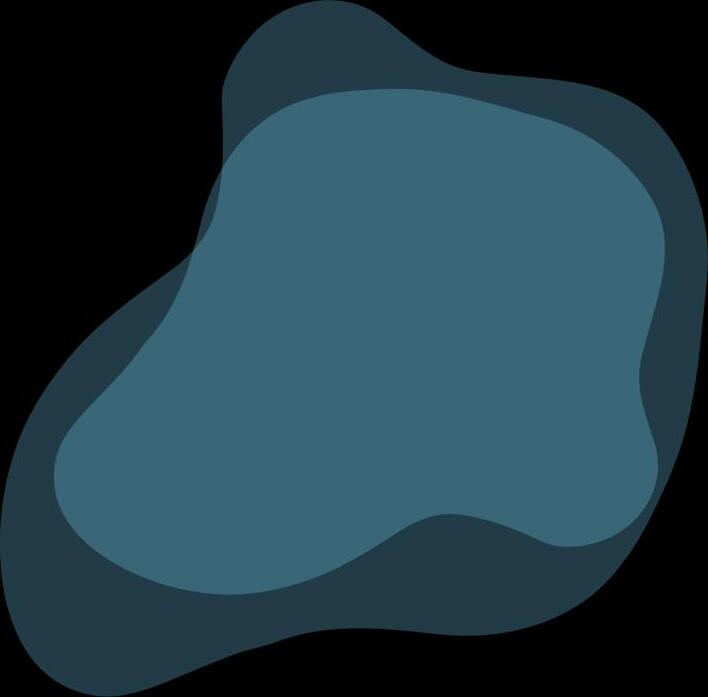CVC-related complications



































Laceration of veins and/or arteries




Lacerations of the pleura
















Haematomas at the subcutaneous tunnel or cannulation site



























Infections: catheter-related sepsis, endocarditis, metastatic infections


Thromboses
Pulmonary air embolism
Intolerance reactions to the implanted device; rejection

Heparin-induced thrombocytopenia

Malposition, spontaneous retraction or migration of the CVC tip, and accidental removal of the CVC
Disconnection or fragmentation of the CVC with possible embolism


CVC breakage and leakage of fluids

CVC occlusion












































































For TPN (Total Parenteral Nutrition) containing lipids:






















Regular dressing every 7 days

More frequent dressing and skin swab

Treatment in case of positive swab
Skin swab
more frequent dressing antibiotic therapy

If the infection persists, remove the CVC



The catheter exit site infection occurs along the path from the skin surrounding the exit point of the catheter to the fixation cuff (or within 2 cm from the exit site)

Naturally, this kind of infection can occur only in patients with partially implantable devices



This kind of infection can occur both in partially and totally implantable catheters

In partially implantable catheters, the infection of the subcutaneous tunnel is located along the subcutaneous path from the catheter fixation cuff (or beyond 2 cm from the exit site) to the insertion of the catheter into the vein

In totally implantable catheters, for obvious reasons of proximity, the tunnel infection is associated with an infection of the subcutaneous pocket


Should the CVC be kept or removed?


In the case of a Port infection, it is almost absolutely necessary to remove the catheter. As to external catheters, the removal depends on the aetiology of the infection (in general, Gram-positive infections can be treated without removing the catheter, while Gram-negative ones and Candida infections usually require removal), and on the clinical picture.
Antibiotic therapy, possibly targeted to the causal agent, for 10-15 days, is indicated. If the catheter is preserved, the antibiotic therapy must be infused into the catheter itself.


CVC-related sepsis is defined by the occurrence of one of the following conditions:
a) presence of a bacterial colony count that is ten times higher in the culture of blood drawn from the catheter as compared to the blood drawn from a peripheral vein
b) identification of the same pathogen (the identicality should theoretically be confirmed by genetic testing) both in the blood culture and on the tip of the catheter that was removed



c) identification of the same microorganism in the blood culture and in the culture of the pus sample taken at the catheter exit site, along the subcutaneous path, or from the catheter pocket
d) identification of a microorganism in the culture of a sample taken from the catheter tip
e) fever (>38° C) associated with shivers and tremor within 30-120’ of manipulation of the catheter, and, if available, positive blood culture of a sample taken at the fever onset

The correlation between sepsis and CVC can be supposed (by clinical examination) or ascertained (by microbiological tests)










